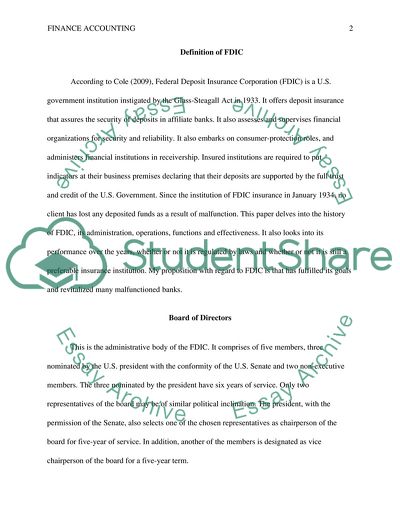Cite this document
(FDIC Essay Example | Topics and Well Written Essays - 1750 words, n.d.)
FDIC Essay Example | Topics and Well Written Essays - 1750 words. https://studentshare.org/finance-accounting/1767351-fdic
FDIC Essay Example | Topics and Well Written Essays - 1750 words. https://studentshare.org/finance-accounting/1767351-fdic
(FDIC Essay Example | Topics and Well Written Essays - 1750 Words)
FDIC Essay Example | Topics and Well Written Essays - 1750 Words. https://studentshare.org/finance-accounting/1767351-fdic.
FDIC Essay Example | Topics and Well Written Essays - 1750 Words. https://studentshare.org/finance-accounting/1767351-fdic.
“FDIC Essay Example | Topics and Well Written Essays - 1750 Words”. https://studentshare.org/finance-accounting/1767351-fdic.


